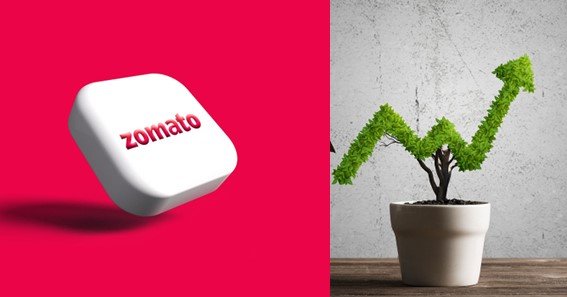Zomato’s journey from a simple restaurant discovery platform to a global food delivery giant is a remarkable story of innovation, perseverance, and strategic growth. Founded in 2008 by Deepinder Goyal and Pankaj Chaddah, Zomato began as Foodiebay, a platform where users could access restaurant menus. By 2010, the company rebranded to Zomato and started expanding its services, ultimately transforming the way people dine and order food online.
The Early Days: Building a Foundation
Zomato’s early years were focused on building a comprehensive database of restaurants, with features like user reviews, ratings, and menus. The platform quickly gained popularity in India’s metropolitan cities, which laid the groundwork for its international expansion. By 2012, Zomato had ventured into markets like the UAE, Sri Lanka, and the UK, adapting its services to meet local demands and preferences.
Revenue Growth Through Innovation and Expansion
Zomato’s revenue growth can be attributed to its continuous innovation and strategic acquisitions. The introduction of food delivery services in 2015 marked a significant turning point, allowing Zomato to tap into the burgeoning online food delivery market. The company further diversified its revenue streams by launching Zomato Gold, a subscription service offering discounts at partner restaurants.

Major Milestones in Revenue Growth
- IPO and Public Listing (2021): Zomato went public with a highly successful IPO, valued at over $9 billion. This milestone not only boosted Zomato’s capital but also solidified its position as a leading player in the global food-tech industry.
- Recent Financial Performance: In FY24, Zomato’s revenue growth reached new heights, with a 70.1% year-on-year increase in Q1 alone, resulting in ₹2,416 crore. The company’s profitability has also improved, with consecutive quarters of positive earnings, driven by robust growth across its food delivery, quick commerce (Blinkit), and Hyperpure segments.
- Quick Commerce and Hyperpure: Zomato’s acquisition of Blinkit in 2022 and the growth of Hyperpure, its B2B restaurant supply service, have been key contributors to its recent revenue surge. Blinkit’s revenue more than doubled in FY24, while Hyperpure posted a 99% year-on-year increase, highlighting Zomato’s strategic diversification.
Challenges and Future Prospects
Despite its success, Zomato faces significant challenges, including intense competition from Swiggy and other global players. However, the company’s focus on innovation, customer experience, and expanding its service offerings positions it well for future growth. Zomato’s plans include further expanding its quick commerce business and increasing its footprint in new markets, ensuring it remains a dominant force in the food delivery industry.
Frequently Asked Questions (FAQs)
1. How did Zomato start its revenue growth journey?
Zomato’s revenue growth began with its transformation from a restaurant discovery platform to a food delivery service, supported by strategic acquisitions and innovative service offerings.
2. What were Zomato’s major revenue milestones?
Key milestones include the successful IPO in 2021, the rapid growth in FY24, and the strategic acquisition of Blinkit, which diversified Zomato’s revenue streams.
3. How has Zomato’s financial performance been in recent years?
Zomato has seen significant revenue growth, especially in FY24, with a 70.1% YoY increase in Q1 and consecutive quarters of profitability.
4. What challenges does Zomato face in maintaining its growth?
Zomato faces challenges such as competition from other food delivery giants and the need to sustain its growth in a rapidly evolving market.
5. What are Zomato’s future growth plans?
Zomato plans to expand its quick commerce business, increase its presence in new markets, and continue innovating to enhance customer experience.
